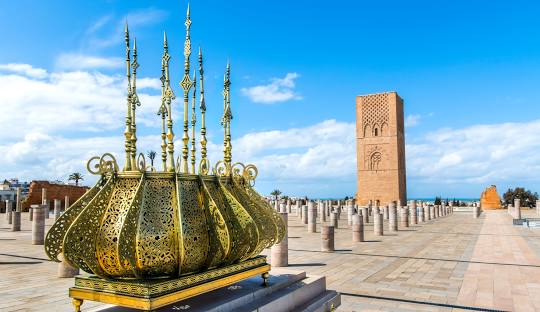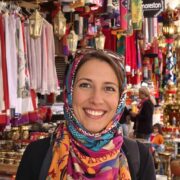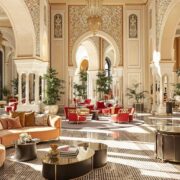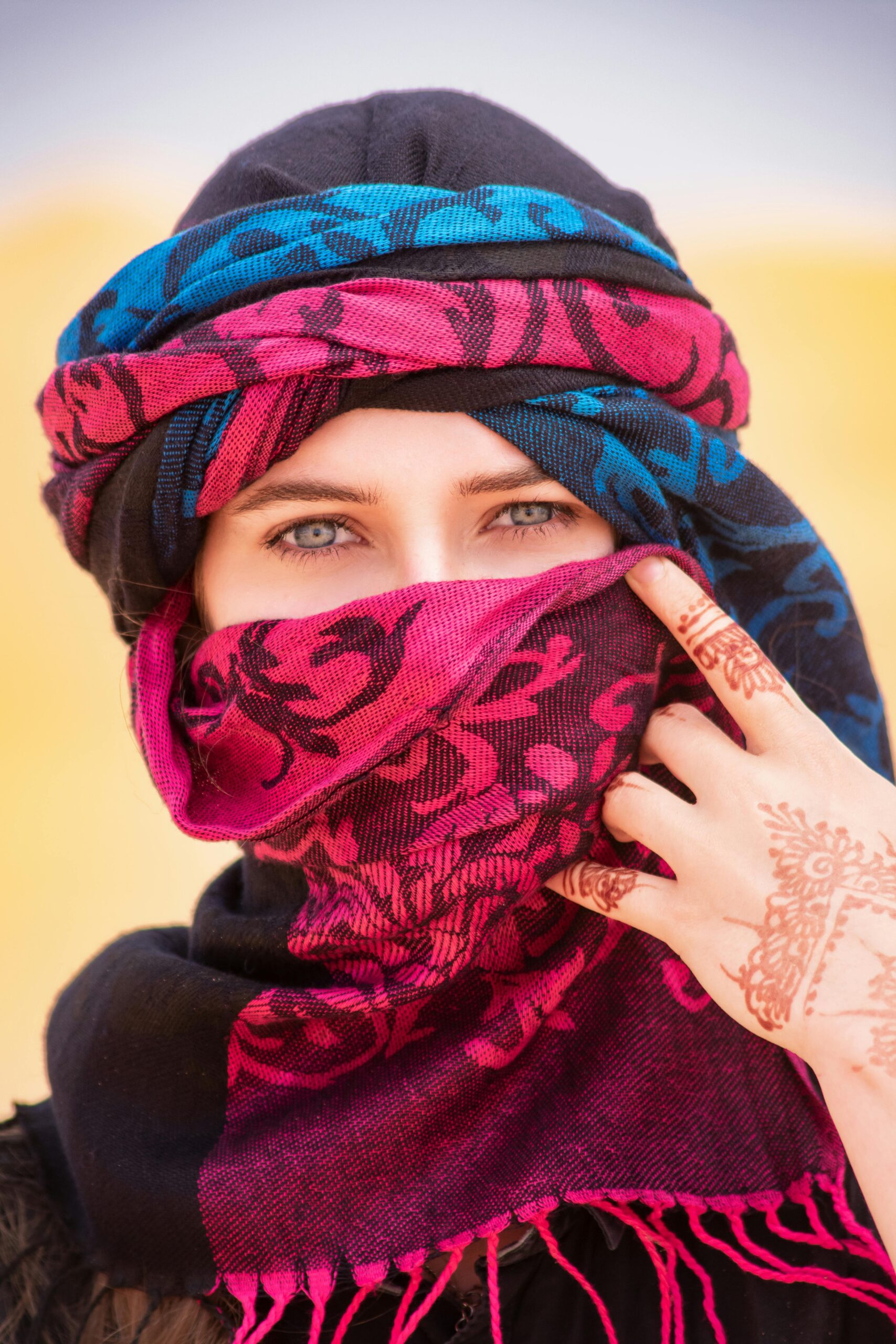
Henna in Morocco: Tradition, Marriage, and Beauty
Henna, an ancient art form with deep cultural and spiritual significance, plays a prominent role in Moroccan society. The plant, known for its vibrant red-brown dye, has been used for centuries in various traditions, particularly in the realms of beauty, marriage, and celebrations. In Morocco, henna is not just a cosmetic adornment but a symbol of blessings, protection, and celebration. At MoroccoWow, we delve into the significance of henna in Moroccan culture and how it weaves itself into the fabric of daily life, particularly during important milestones such as weddings.
1. Henna in Moroccan Tradition: Symbolism and Rituals
Henna is deeply intertwined with Moroccan customs and is often used for both its aesthetic appeal and symbolic meanings. It’s believed that henna has protective qualities, helping to ward off evil spirits and bring good luck to those who wear it. In Morocco, henna is not only used as a temporary form of body art but also in religious and cultural rituals.
Spiritual and Protective Significance:
- Good Luck and Prosperity: Henna is considered a blessing, and it is thought to bring good fortune and happiness. This belief is especially important in Moroccan weddings, where the bride’s henna design is believed to help protect her from the “evil eye” and ensure a prosperous marriage.
- Healing Powers: In addition to its cosmetic use, henna is also regarded for its medicinal properties. It has been used in traditional Moroccan medicine to treat ailments such as headaches, burns, and wounds. Its cooling and soothing properties are believed to have both physical and spiritual healing effects.
2. Henna in Moroccan Weddings: A Tradition of Beauty and Blessings
In Moroccan culture, henna plays a central role in wedding celebrations, and its significance goes far beyond just beauty. The Henna Night, or Laylat al-Henna, is a crucial pre-wedding ritual that symbolizes the transition from maidenhood to married life for the bride. This night is filled with joy, music, and celebration, where the bride and female friends and relatives gather to adorn themselves with intricate henna designs.
The Henna Ceremony:
- The Bride’s Henna Designs: On the evening of the Henna Night, the bride’s hands and feet are adorned with elaborate henna designs. These designs are often intricate, featuring motifs such as flowers, geometric patterns, and symbols of fertility and good fortune. The more intricate and beautiful the designs, the more it is believed that the bride will be blessed in her marriage.
- Symbolism of Fertility and Protection: Henna designs often incorporate symbols of fertility, such as the khamsa (Hand of Fatima), which is believed to bring protection, and hearts or floral motifs symbolizing love and growth. These symbols are thought to ensure a prosperous, healthy, and happy marriage.
- The Groom’s Family: While the Henna Night is primarily a women’s event, the groom’s family may also participate by offering gifts, and sometimes a small ceremony is held for the groom’s henna as well. However, it is the bride who is the focal point of the henna celebration.
The Henna’s Role in Marriage:
- Protection from the Evil Eye: Henna designs are believed to protect the bride from negative energy and jealousy. The intricate patterns are thought to deflect the “evil eye,” keeping her safe and healthy as she embarks on her new life.
- Cultural Continuity: Henna plays a role in connecting the bride with her heritage and the women who came before her. It’s a way of passing down wisdom, beauty rituals, and traditional customs that have been practiced for generations.
3. Henna in Moroccan Beauty: A Timeless Tradition
Beyond weddings, henna is also a significant part of Moroccan beauty routines and is used to enhance the appearance of women across the country. It’s a versatile and natural beauty tool that is used for a range of purposes, from body art to hair care. Henna, in its various forms, offers a unique way to celebrate beauty while staying connected to Moroccan tradition.
Henna as Body Art:
- Temporary Tattoos: Henna is most commonly seen as a form of body art. The temporary tattoos are applied to the skin, where the dye leaves a reddish-brown stain. Henna designs are popular not only for special occasions like weddings but also as a means of self-expression and adornment during festivals and family gatherings.
- Popular Designs: Popular henna designs in Morocco include floral motifs, geometric patterns, vines, and symbols of protection such as the khamsa. These designs are often seen on the hands, feet, and arms, but can also be applied to other parts of the body. The designs are applied by skilled henna artists, who create intricate patterns with a fine-tipped cone filled with henna paste.
Henna for Hair:
- Natural Hair Dye: In addition to body art, henna is used in Morocco as a natural hair dye. Henna’s red-brown hue can give hair a rich, deep color, and it’s also believed to have nourishing properties that promote healthy, shiny hair. Many Moroccan women use henna to cover gray hairs, or simply to add a vibrant tint to their locks.
- Hair Care Benefits: Henna is also known for its natural conditioning properties. It is often used to strengthen and nourish the hair, leaving it soft, shiny, and healthy. It is a natural alternative to chemical hair dyes and treatments.
Henna for Skin and Health:
- Natural Skin Treatment: In Morocco, henna is sometimes used in skincare routines to treat conditions like acne or to soothe irritated skin. The natural cooling properties of henna make it a soothing remedy for burns, rashes, and other skin conditions. Some people also use it as a natural remedy for headaches or muscle pain by applying a paste of henna to the affected area.
4. Modern-Day Henna: A Cultural Continuation
While henna has always held deep traditional value in Moroccan culture, its use continues to thrive in modern times. Moroccan women still use henna for its cultural and beauty benefits, and the art of henna painting remains an integral part of the country’s heritage. Today, henna designs are not limited to weddings but are also worn casually, as women find joy in expressing themselves through this timeless art form.
Henna continues to be a symbol of tradition and beauty, bringing people together through shared cultural experiences. As an important part of Moroccan life, henna is more than just a temporary body decoration—it is a meaningful ritual that ties together generations, celebrates important life moments, and preserves the ancient art for future generations.
Conclusion
In Morocco, henna is so much more than just a form of decoration or beauty treatment—it is a cherished tradition with deep cultural, spiritual, and symbolic significance. Whether adorning a bride on her wedding night, brightening a woman’s appearance with temporary tattoos, or adding a natural touch to her hair, henna is an integral part of Moroccan life. At MoroccoWow, we celebrate the enduring beauty of this ancient art and its role in Moroccan culture as a symbol of protection, celebration, and connection.
Recent Posts
Empowering Adventures: A Solo Female Travel Guide to Morocco in 2025
Affordable Ways to Fly to Marrakech from Manchester: Your Ultimate Guide
Experience Luxury at the Hotel Sofitel Lounge and Spa Marrakech: A Gateway to Relaxation and Elegance
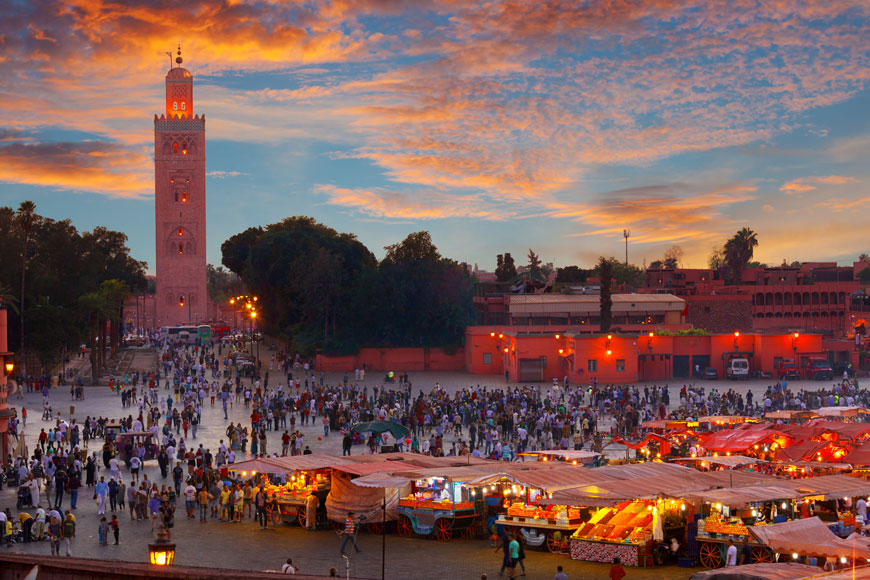
Marrakech

Chefchaouen
